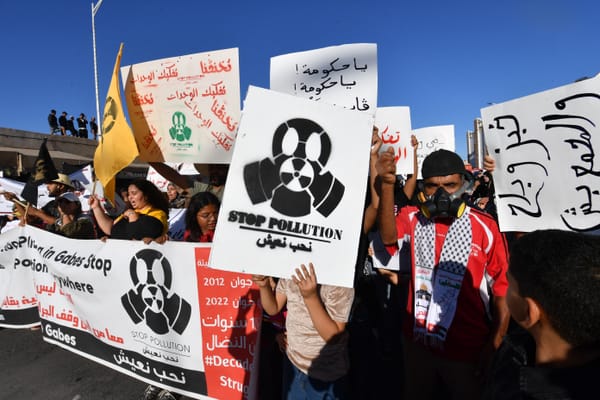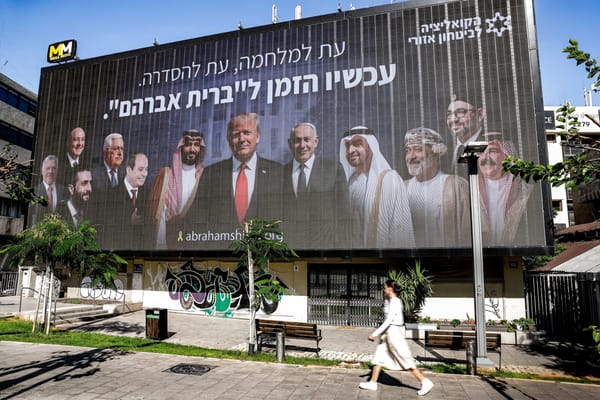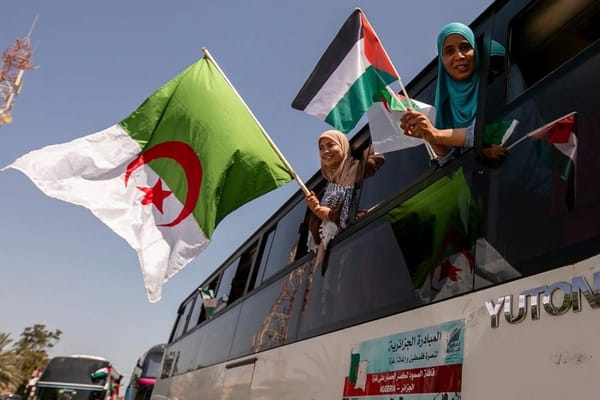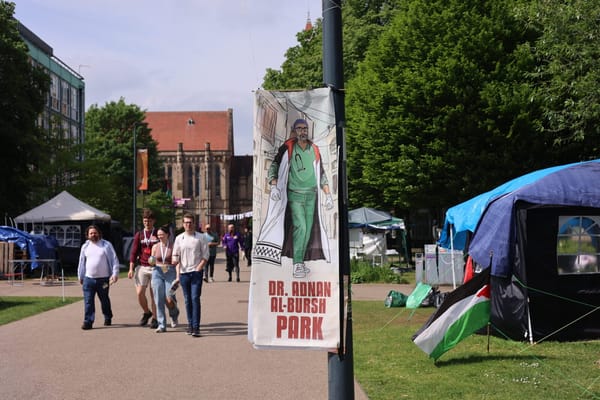Protest Song Marocaine
A familiar song accompanied the massive protests that began on February 20, 2011 in Morocco. The song, “Fine Ghadi Biya Khouya” (Where Are You Taking Me, Brother?), was first released in 1973 by Nass el Ghiwane, the venerable folk-pop group that continues to dominate Moroccan popular music -- its a









